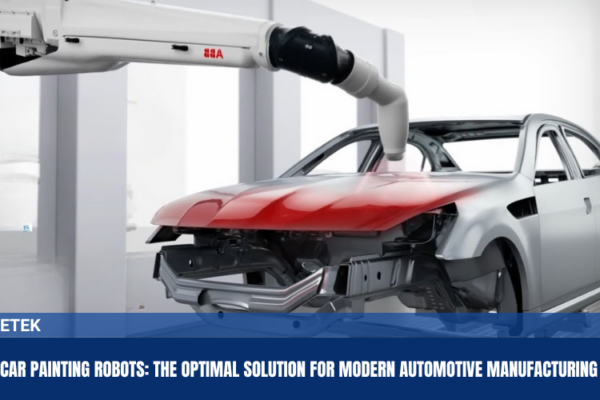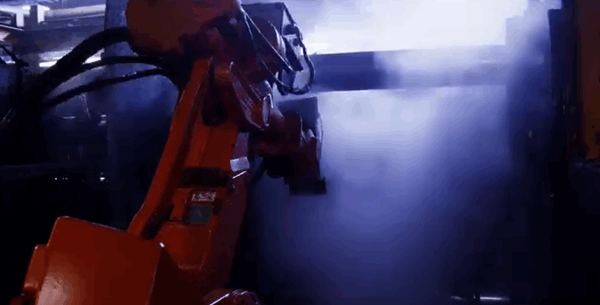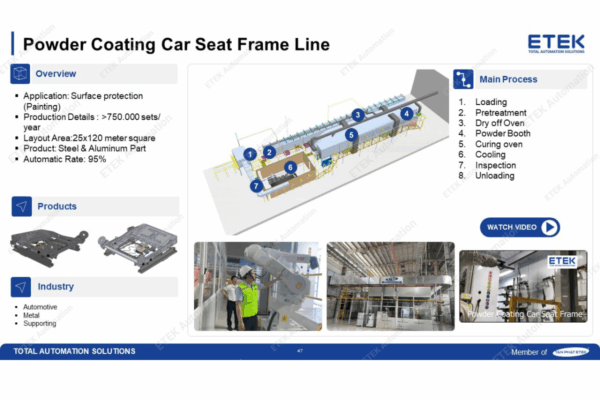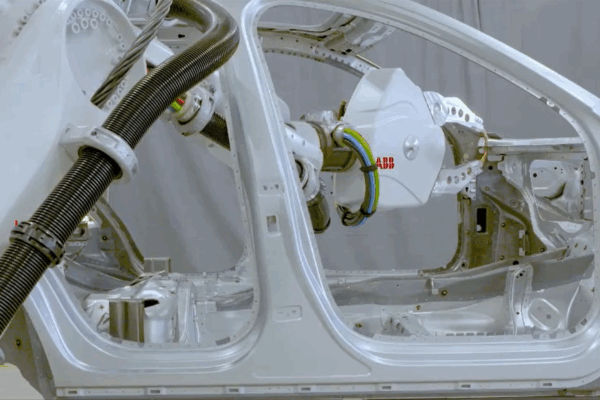Entering the industrial revolution 4.0, many businesses around the world are gradually focusing on investing in the development and production of service (support) robots. Industrial welding robots are one of the most widely used robots.
Industrial welding robots are a type of mechanized tool that completely automates the process by both performing welds and processing welded parts.
Specialized industrial welding robots
Each type of industrial welding robot used in automated lines is designed and manufactured with the highest precision. Their expertise lies in handling complex machining positions that require high accuracy, such as in the production of cars, motorcycles, etc.

The welding workpiece needs to be held steady so that the welding robot can operate as required.
.jpg)
Options include collision sensors to avoid contact with soldering irons or other dangerous equipment.
Pressure sensitive safety mats and personal protective equipment.
HMIs can be simple or complex, depending on the application. Includes a button or an array of switches or a multi-screen computer application that controls all aspects of the work (e.g., part positioning, sensor monitoring, discharge parts, and transport to the next station).
It is important to consider the level of access for different people working with the device. For example, what features should be regulated by the operator and which should be restricted to programmers or maintenance technicians?
In some applications, the handheld device allows the operator to easily program the robot’s movements and store them as a program to run. Other applications, especially those that run at high speeds or with short cycle times, require more programming experience.
FOR MORE INFORMATION, PLEASE CONTACT ETEK AUTOMATION SOLUTIONS JOINT STOCK COMPANY

In the era of modern industry constantly developing, automation technology has been reshaping the way manufacturing industries operate, helping businesses improve efficiency and reduce costs. In particular, in the automobile…

In the context of the strong explosion of Industry 4.0, the metal casting industry - one of the fundamental industries - is constantly innovating to keep up with the trend.…

In the era of Industry 4.0—where production speed, product quality, and operational efficiency are key to enhancing competitiveness—manufacturers are increasingly investing in automated systems. One of the most advanced and…

Spot Welding is one of the popular resistance welding methods , widely used in the manufacturing industry due to its efficiency and high automation capability. This is the ideal solution for connecting thin…